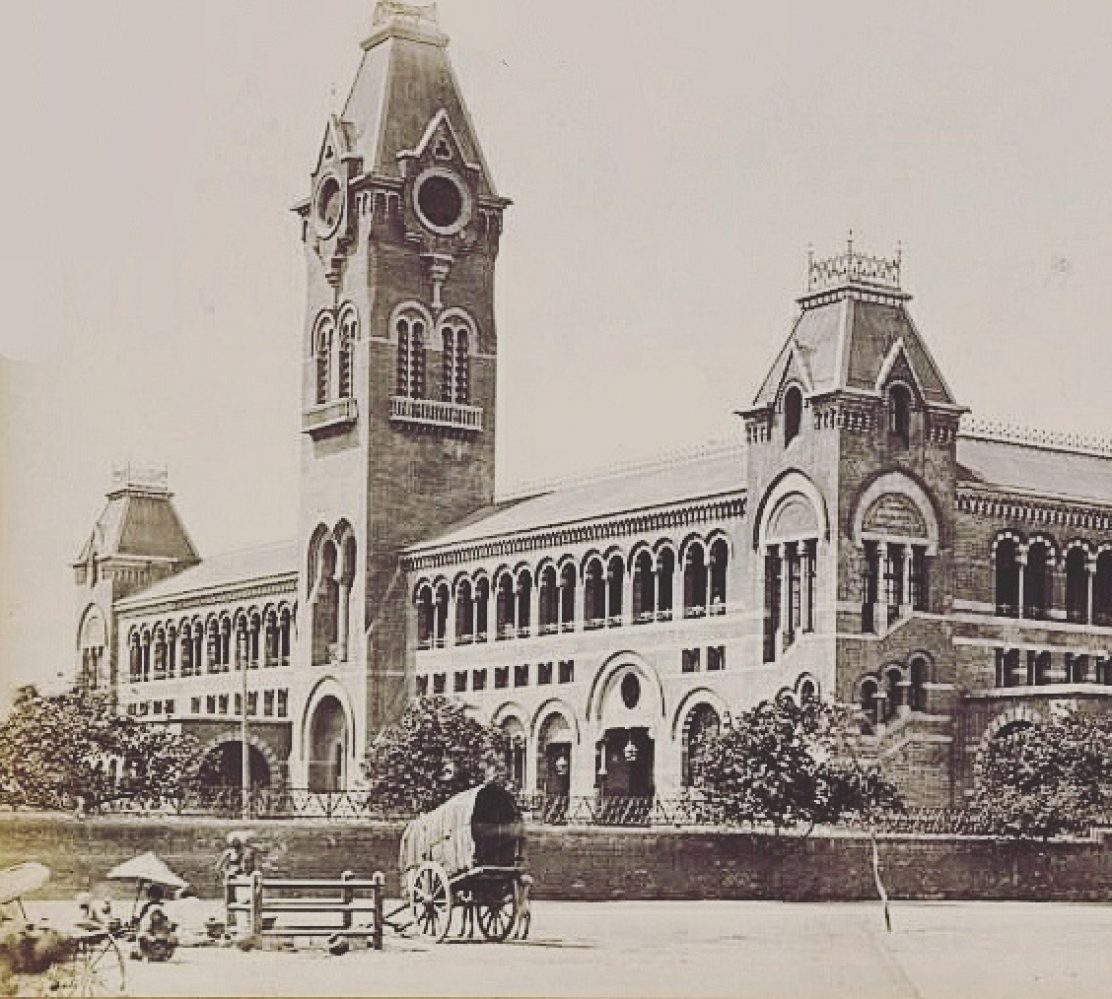Despite the several man-made structures and architectural marvels on the face of madras. The jewel on the crown for madras has to be the marina beach. The one place where every person in an around Chennai has nostalgic memories. The cheap hangout spot, the lovers park, A foodie’s heaven, a child’s play area- Marina beach is all of these and much more too.
The name Marina is associated with the 3 ½ km distance between the mouth of the Cooum river and the Lighthouse. The idea of building a promenade alongside this stretch of the beach was that of Monstuart Elphinstone Grant-Duff, Governor of Madras from 1881 to 1886. Completed in 1884, he gave it its Italian name – the Marina🌅. The opposite side of the marina beach is dotted with important buildings and heritage sites such as The Madras University, Senate House, Presidency College, Chepauk Palace 🕌, the PWD Buildings, the University Examination Hall, the Ice House, Lady Willingdon Institute, Queen Mary’s College, the office of the Director-General of Police 🏛️ and the All India Radio.
On the beach side we have several statues which also have great historic importance. Triumph of Labour, inspired by the landing of American troops at Iwo Jima, Swami Vivekananda, K Kamaraj, Annie Besant. Three Chief Ministers of the State, CN Annadurai, MG Ramachandran and J.Jaylalitha are remembered with grand memorials on the beach.
The beach has seen several public meetings and historical events from the freedom struggle to the much recent Jallikattu 🐂 Protest. Marina represents everything that is madras. To put it in better words, the marina beach breathes life into this concrete 🌬️ jungle.
Source: Sriram.V





